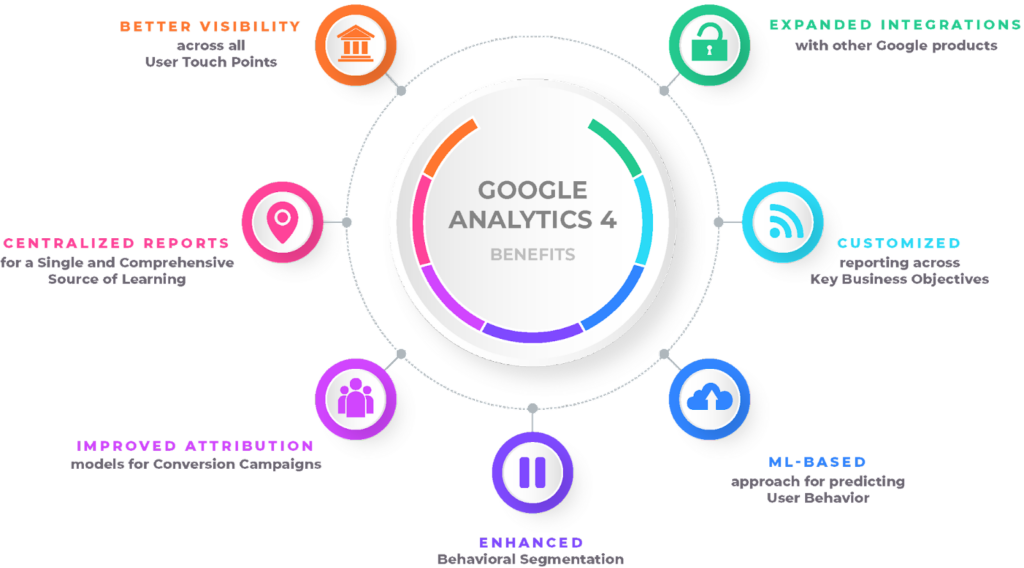Unboxing the Secret: When Does the Google Analytics Tracking Code Send an Event Hit to Analytics?
Unboxing the Secret: When Does the Google Analytics Tracking Code Send an Event Hit to Analytics?
Blog Article
Master Site Insights With Accurate Google Analytics Tracking Code
The reliable application of Google Analytics rests on the precise implementation of its monitoring code, a basic action frequently overlooked by web site owners. This relatively simple JavaScript bit, when properly put, becomes the foundation of data collection, offering insights into customer behavior and site performance. However, obstacles can occur throughout arrangement, potentially skewing the information and leading to mistaken decisions. Understanding these details is important for optimizing the benefits of analytics. What are the usual pitfalls that could undermine your monitoring initiatives, and exactly how can you ensure accuracy in your approach?
Recognizing Google Analytics Basics
Google Analytics is an essential device for site proprietors and online marketers, giving vital insights into customer behavior and site efficiency. At its core, Google Analytics collects data concerning visitors to a site, permitting customers to evaluate metrics such as web traffic resources, customer engagement, and conversion rates. Recognizing these fundamentals is essential for enhancing an internet site's effectiveness and improving customer experience.
The system employs cookies to track interactions, taping information such as web page sights, session durations, and bounce rates. This information is aggregated and provided via adjustable dashboards, making it possible for customers to visualize trends in time. Secret efficiency indicators (KPIs) can be checked, such as the complete variety of individuals, new versus returning site visitors, and the geographic circulation of the target market.
Moreover, Google Analytics provides segmentation features, allowing users to isolate details website traffic resources or customer demographics for even more targeted evaluation. By understanding these fundamental aspects, web site owners can make educated decisions concerning web content approach, advertising and marketing projects, and general site improvements. Eventually, recognizing Google Analytics basics is necessary for leveraging data to drive growth and achieve company objectives efficiently.
Establishing Your Tracking Code

Copy the provided monitoring code and paste it right into the HTML of your website. This ensures that the monitoring code lots prior to any type of various other web content, permitting it to catch data properly.
After setup, confirm that the monitoring code is operating correctly by utilizing Google Tag Aide or the Real-Time reports in Google Analytics - when does the google analytics tracking code send an event hit to analytics?. This step is vital to verify that your information collection is energetic and exact, establishing the foundation for insightful analysis
Usual Tracking Code Issues
Many web site proprietors experience common issues with their Google Analytics tracking code that can prevent information collection and analysis. One common concern is improper installment. This may take place when the tracking code is positioned in the wrong area of the website's HTML, frequently resulting in missing or insufficient data. Additionally, having multiple circumstances of the monitoring code on a solitary web page can result in inflated metrics, as user interactions could be counted greater than as soon as.
Another concern develops from making use of ad blockers, which can prevent the tracking code from carrying out entirely, hence skewing data. when does the google analytics tracking code send an event hit to analytics?. Additionally, failing to configure filters properly can cause the exclusion of crucial website traffic sources or the incorporation of undesirable recommendation spam, misshaping the data gathered
Internet site owners may likewise forget the relevance of tracking code updates, especially when moving to Google Analytics 4 (GA4) from Universal Analytics. Last but not great post to read least, inadequate testing prior to introducing linked here changes can cause undiscovered mistakes in the tracking code, further making complex data dependability. Attending to these common concerns is critical for ensuring accurate tracking and informative analytics.
Studying Internet Site Data Effectively
Precise information collection is only the initial step in leveraging Google Analytics; the real worth lies in effectively analyzing that information to drive educated decision-making. To accomplish this, it is important to determine crucial efficiency indications (KPIs) that line up with your service goals. Focus on metrics such as conversion prices, individual interaction, and traffic resources, as these will offer understandings right into user behavior and the general effectiveness of your website.
Using Google Analytics' segmentation functions enables a deeper understanding of your audience. By damaging down information right into particular demographics, habits, and website traffic networks, you can uncover patterns and patterns that notify targeted approaches. Implementing custom-made records and control panels can enhance this process, allowing quick accessibility to relevant data.
Moreover, consistently assessing data trends in time assists to determine anomalies and opportunities for renovation. Use visualization tools to present information in a quickly digestible format, assisting in extra reliable communication with stakeholders. Eventually, the capability to analyze website information effectively equips businesses to make critical choices that boost user experience, maximize advertising initiatives, and drive growth.

Ideal Practices for Accurate Monitoring
Executing reliable tracking practices is critical for acquiring dependable information in Google Analytics. To make sure exact monitoring, begin by appropriately setting up the Google Analytics tracking code on every page of your web site. This can be accomplished via a tag manager or by straight embedding the code into the HTML.
Next, configure your Google Analytics account to leave out inner traffic. This can be done by establishing filters that recognize and eliminate sees from your company's IP address, thus stopping manipulated information. Additionally, use occasion monitoring to monitor particular individual communications, such as downloads or video clip plays, which typical page views may neglect.
Consistently audit your tracking configuration to click for more info verify that all attributes, such as objectives and ecommerce monitoring, are operating properly. Establish a consistent naming convention for your events and campaigns to help with much easier coverage and evaluation.
Last but not least, take into consideration leveraging UTM parameters for campaigns to acquire insights into the performance of different marketing efforts. By following these finest methods, you can improve the accuracy of your information collection and analysis, ultimately resulting in more informed decision-making for your website.
Conclusion
By ensuring the monitoring code is correctly positioned and on a regular basis audited, internet site owners can record crucial user interaction data, therefore promoting the identification of vital performance signs. Ultimately, a robust monitoring framework improves the capacity to drive engagement and improve general website performance.

Not enough screening before launching adjustments can result in unnoticed errors in the tracking code, better making complex data reliability.Applying efficient tracking practices is crucial for getting trustworthy data in Google Analytics. By ensuring the monitoring code is properly positioned and consistently investigated, website proprietors can catch vital individual interaction information, thus assisting in the identification of essential performance indicators.
Report this page